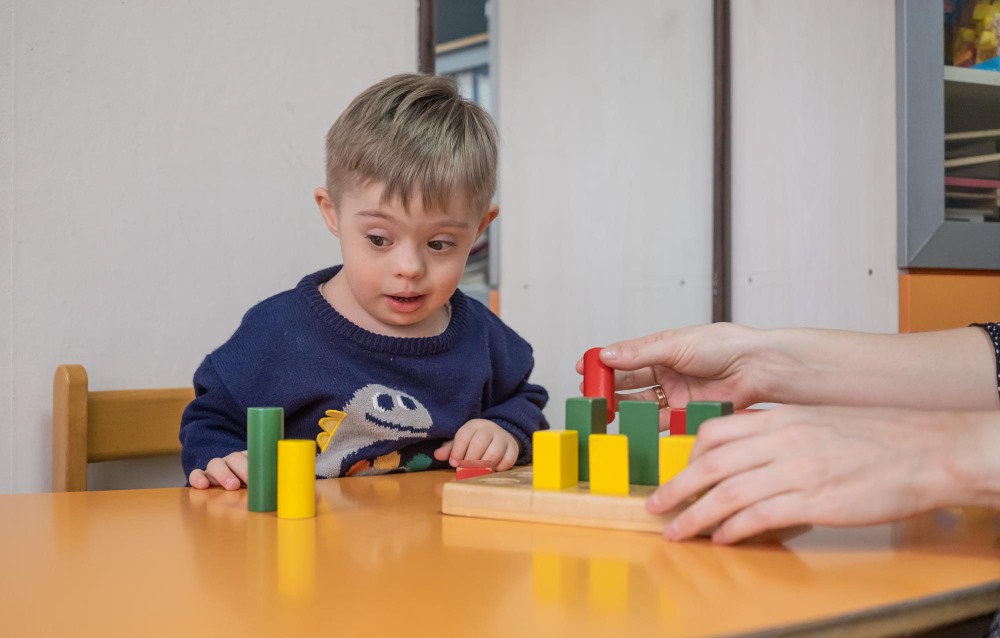Autism is a brain development disorder that inhibits a child from having a normal social life. Autistic children tend to develop a restricted and repetitive behavior, all starting before the age of three. Generally, autistic children are divided in two categories of autistic disorders, autism spectrum disorder (ASD), which is rather a milder case of autism, and Asperger syndrome. Autism has a strong genetic basis, and although it is unclear how much impact do genetic disorders have on autism- is it better explained by multigene interactions or by rare mutations.
In rare conditions it is seen that autism is associated with birth defects. Recent reviews estimate a prevalent number of one or two cases per 1,000 people of autism, about six per 1,000 have ASD, with ASD averaging a 4.3:1 male-to-female ratio. Autism affects many parts of the brain, though how it occurs is not perfectly understood. Parents usually notice the early signs of autism in the first two years of their child’s life.
These signs can also sometimes be misleading because some children have a behavioral problem of not being able to connect with his surroundings, even if they are not autistic. Early diagnosis of autistic children can help them gain self-care, social and communicational skills. As there is no cure for autism, few children with autism live independently after reaching adulthood. But some are definitely successful in having a near-to-normal life, with different foundations to help, can start rethinking Autism as a condition rather than a disorder. Recent studies show that Eye Tracker technology used on two groups of babies, either at high or low risk of developing autism- show differences between the two groups at nine months of age. As there is no accepted reliable diagnosis until the age of two, this technology holds quite a promise for the detection of autism at an early age. This finding also rules out any theory that connects autism with exposures later to that age such as vaccines etc.
The eye tracker measures the light that’s reflected off the surface of the baby’s eye, and from that we can tell where on the computer screen the baby’s looking said Mel Rutherford, an associate psychology professor at Mc Master University in Hamilton. Kevin Pelphrey, an associate professor of psychology at Carnegie Mellon University said that it a part of an effort by many groups around the world trying to identify kids who might develop autism and how do they differ from those who will not. He also expressed his doubts about eye tracking being the ideal tool because it is quite expensive. But Pelphrey, who has done eye tracking autism research on adults, said it could be quite beneficial in making a diagnosis.



